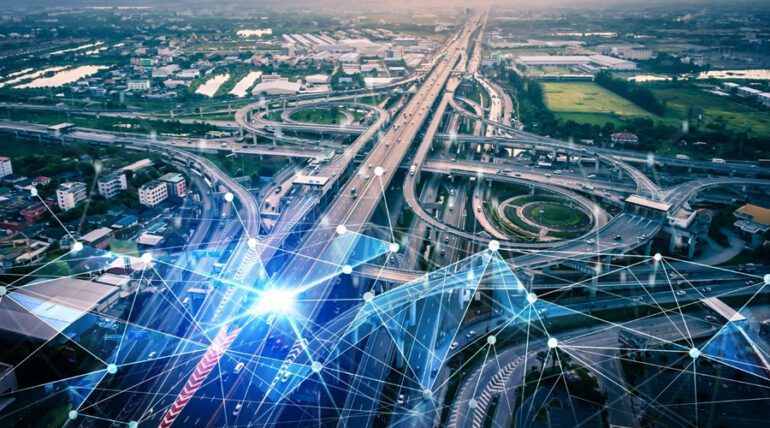TL;DR:
- Vehicle emissions contribute significantly to global and local air pollution.
- Greenhouse gas emissions from transportation in the US have surged since 1990.
- Yu Yang and his team at Lehigh University are using machine learning to create environmentally conscious traffic management systems.
- Their strategy includes low-cost air-quality sensors, a spatial-temporal learning model, and reinforcement learning for traffic signal optimization.
- This project integrates a social component into traffic control, considering how individuals choose and use vehicles.
- The goal is to provide city residents with location-specific air quality information for informed decision-making.
Main AI News:
In the ongoing battle against air pollution, exacerbated by vehicular emissions, innovative approaches are emerging as the need for sustainable transportation solutions intensifies. Vehicle pollution, a pervasive issue on both a global and local scale, is a significant contributor to the release of harmful pollutants into the atmosphere, including carbon monoxide, nitrogen oxides, particulate matter, and hydrocarbons.
The United States Environmental Protection Agency reports that greenhouse gas emissions from transportation account for approximately 29 percent of total US greenhouse gas emissions, surpassing all other sectors in emission growth from 1990 to 2021. Addressing this alarming trend requires a multifaceted strategy that combines technological prowess with environmental consciousness.
Enter Yu Yang, an assistant professor of computer science and engineering at Lehigh University’s P.C. Rossin College of Engineering and Applied Science. Yang and his team are at the forefront of a groundbreaking endeavor that employs machine learning to revolutionize traffic management systems. Their mission? To create traffic light management systems that not only enhance traffic flow but also prioritize environmental and social well-being, thereby mitigating emissions from vehicles.
One of the primary culprits of localized air pollution in congested urban areas is the frequent stopping and starting of vehicles at traffic lights. This activity disproportionately affects individuals with respiratory conditions, such as asthma, who are highly sensitive to airborne particulate matter. To address this issue, Yang’s team is devising a three-pronged strategy:
- Low-Cost Air-Quality Sensors: The researchers are developing affordable, mobile air-quality sensor devices. These devices will be deployed strategically to identify high-pollution areas and better understand the unique environmental requirements of different locations, such as hospitals, where vulnerable populations necessitate enhanced protection.
- Spatial-Temporal Graph Diffusion Learning Model: Utilizing data from air-quality sensors, Yang’s team will create a spatial-temporal graph diffusion learning model. This model aims to provide insights into the traffic and air pollution dynamics at various times and locations within their test-bed city of Newark, New Jersey.
- Reinforcement Learning for Traffic Signal Regulation: By employing reinforcement learning techniques, the researchers will analyze how traffic signal regulation can be optimized to improve air quality. This involves a comprehensive assessment of traffic signals across the city and an investigation into their functionality.
What sets this project apart is its integration of a social component into the traffic control system—a pioneering approach in the field. Yang emphasizes that understanding how individuals choose and use vehicles in urban settings is critical. Previous research often assumed random vehicle choices, but Yang’s team believes that incorporating actual user behavior data will enhance the accuracy of their algorithm.
Ultimately, Yang envisions the creation of a web-based system that provides city residents with location-specific air quality information. This tool empowers individuals to make informed decisions about when and where to travel, promoting healthier urban living. Complementing this system will be a dynamic traffic management model that allows transportation officials to adapt signal functions in real-time to mitigate air pollution in the most affected areas.
As Yu Yang aptly puts it, “We’re taking both a technical and a social perspective to solve a real-world problem.” With AI-powered traffic management, emissions reduction and improved air quality become attainable goals in our increasingly urbanized world.
Conclusion:
The integration of AI into traffic management for emissions reduction presents a significant opportunity for the market. As urban areas seek sustainable solutions to combat air pollution, innovative systems like those developed by Yu Yang’s team will gain traction. These systems not only enhance environmental consciousness but also improve the overall quality of life in cities. Businesses specializing in AI-driven traffic management solutions are poised for growth in a market increasingly focused on sustainability and social responsibility.

